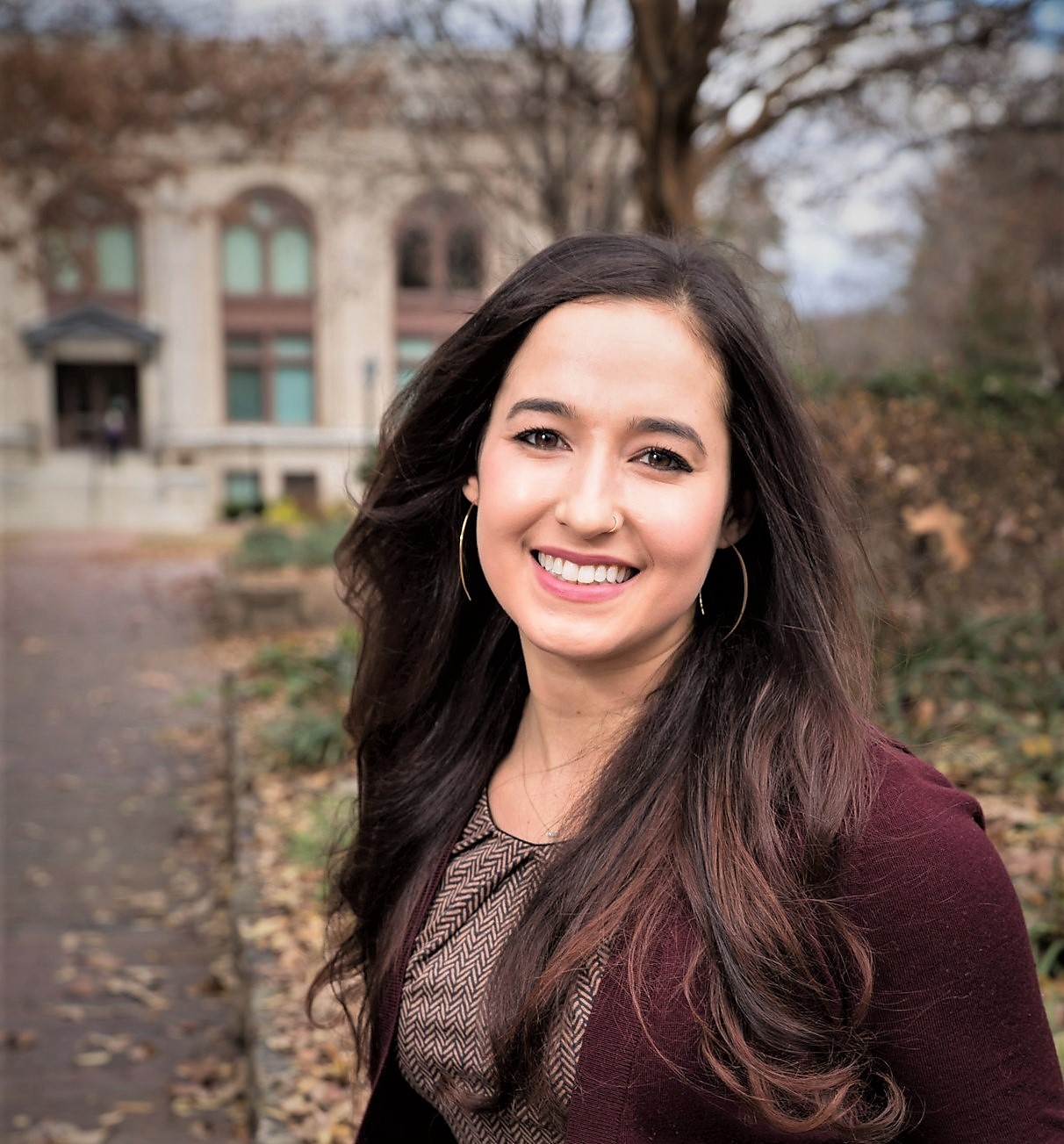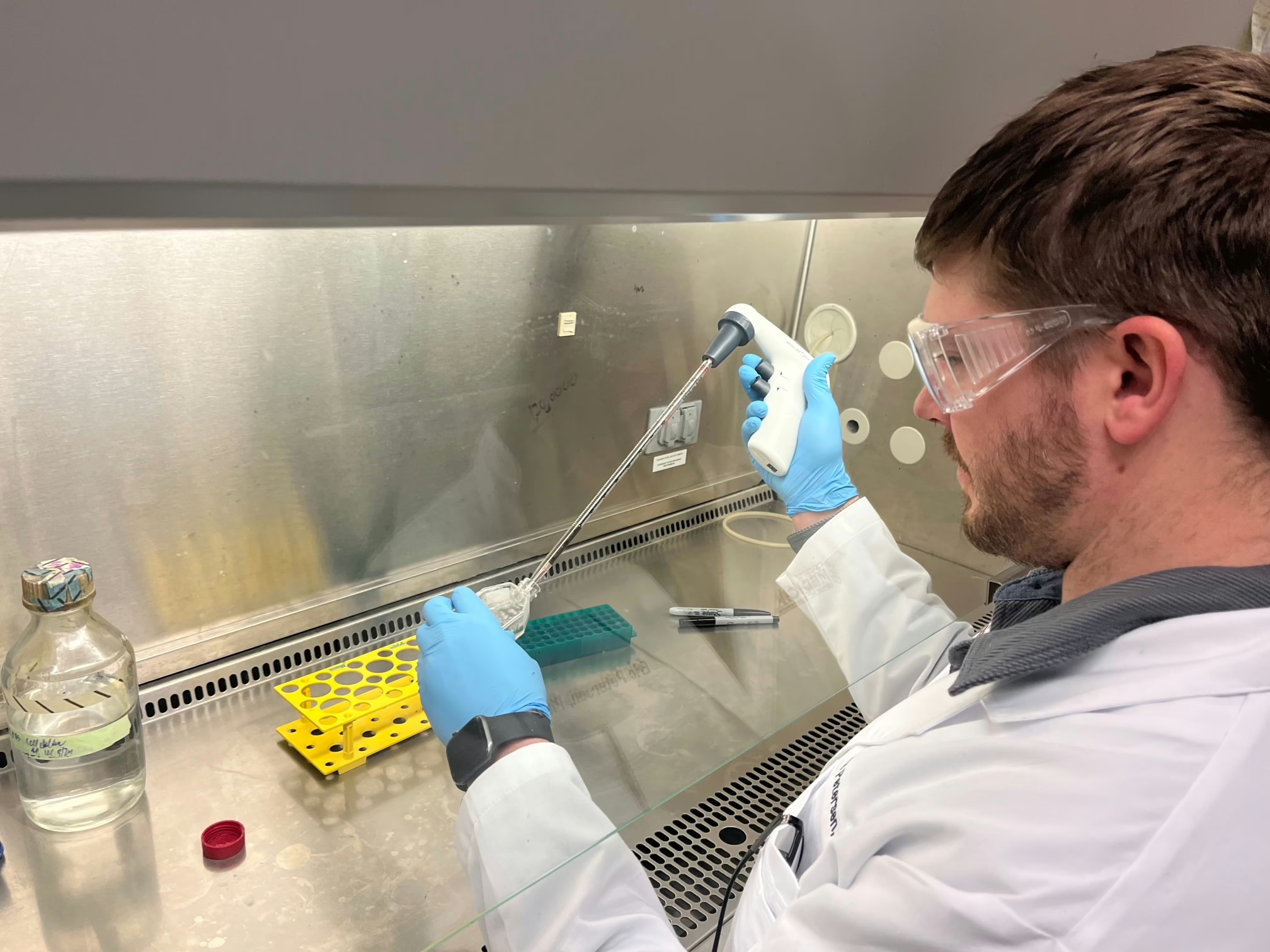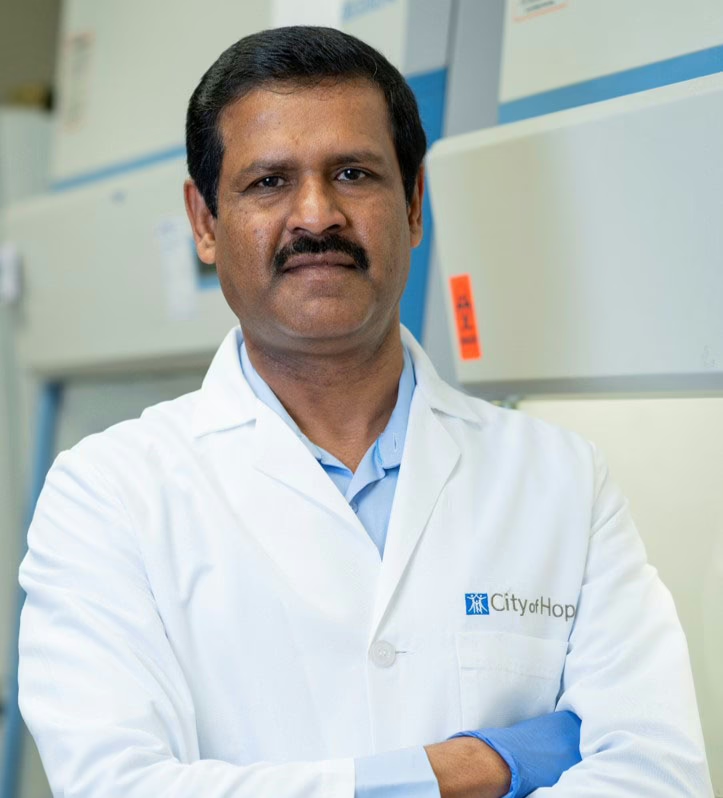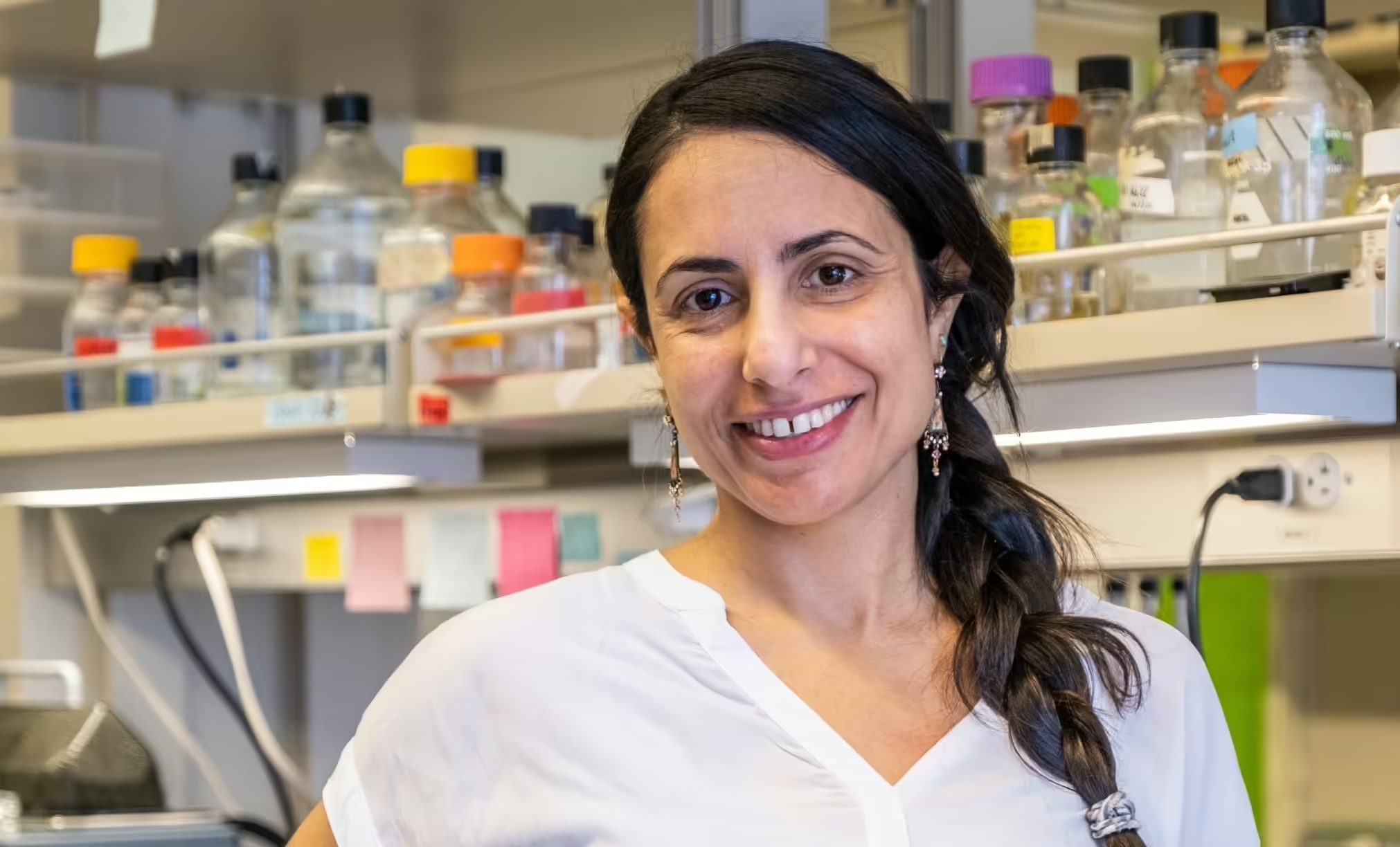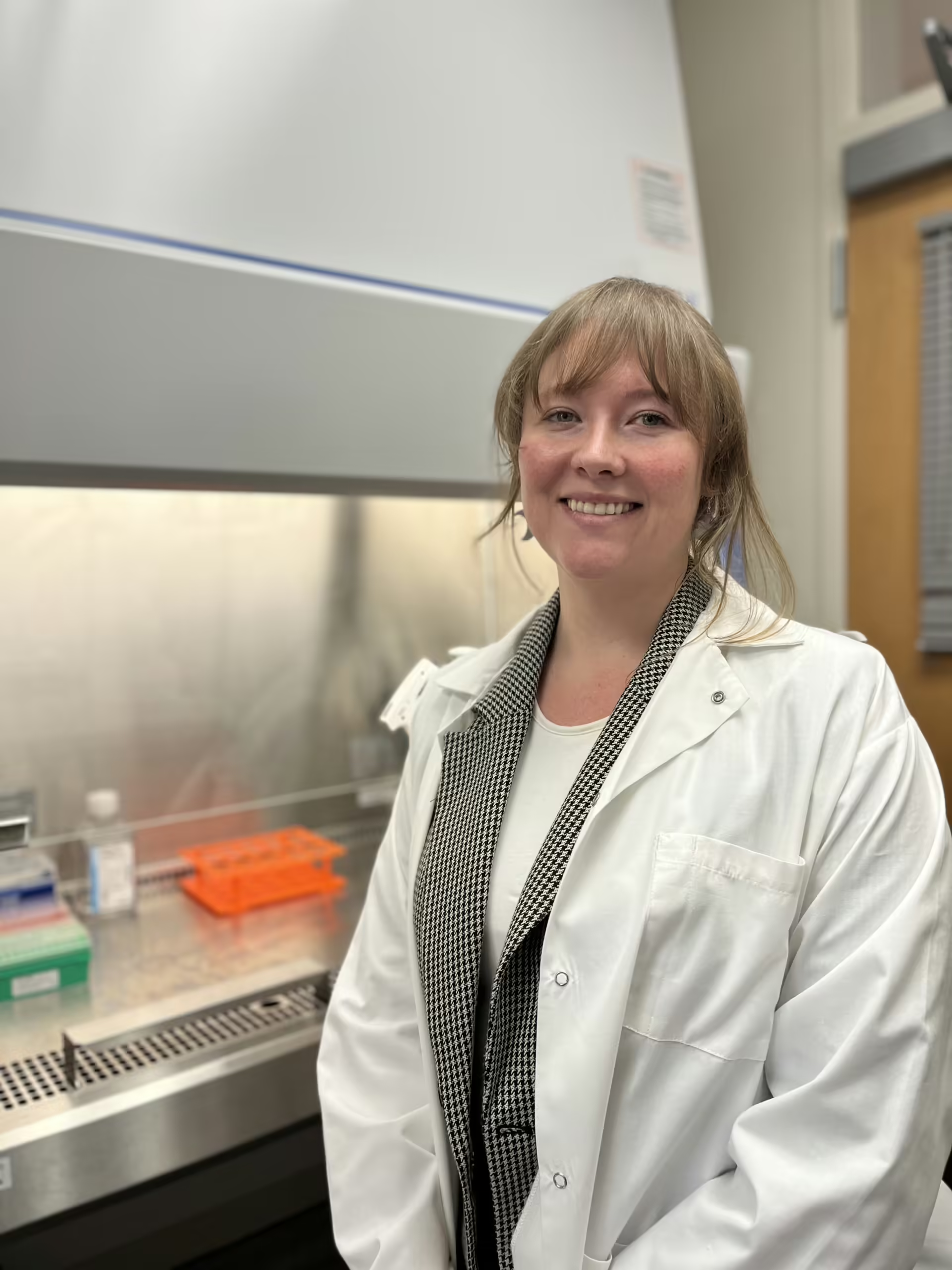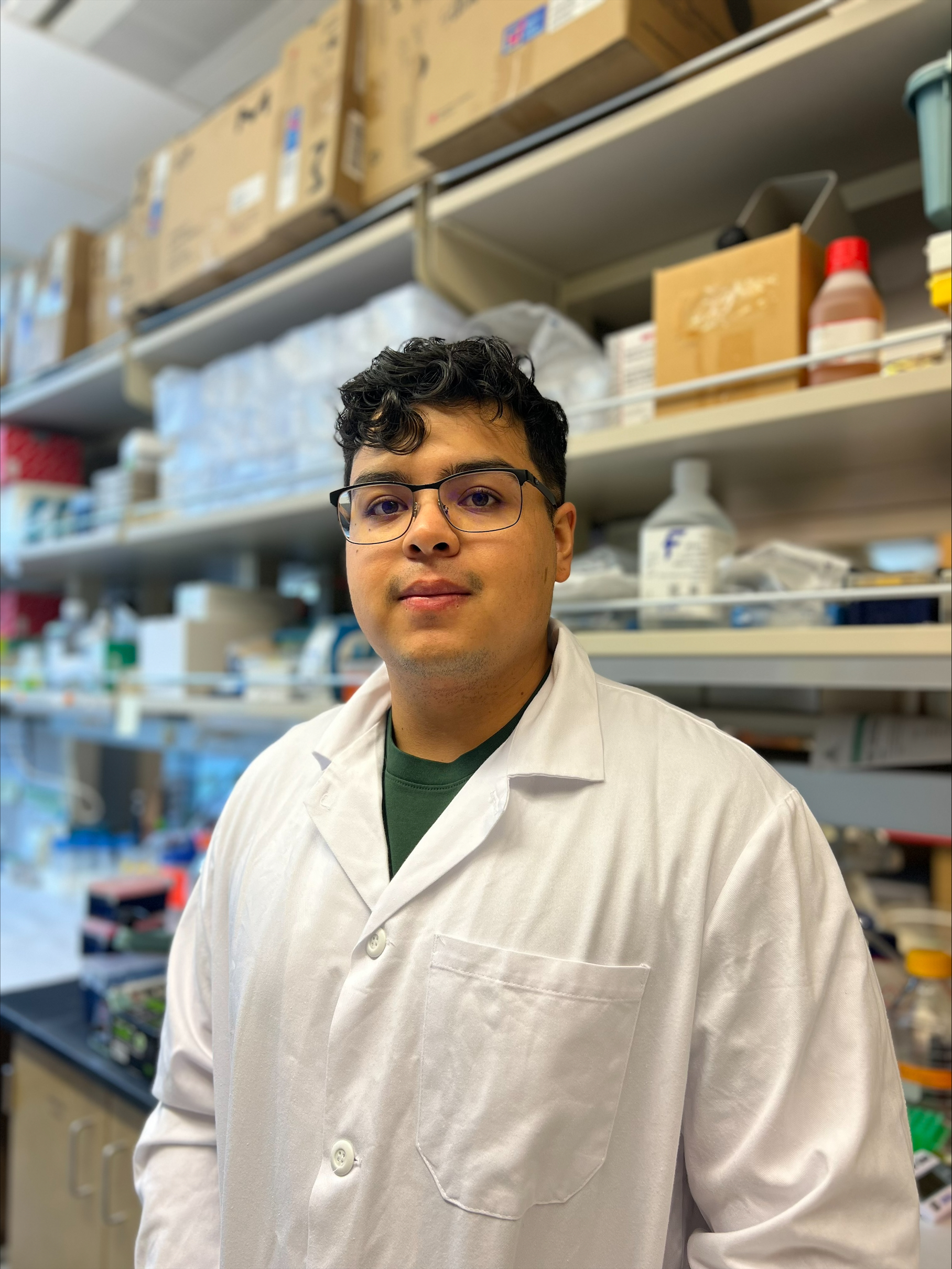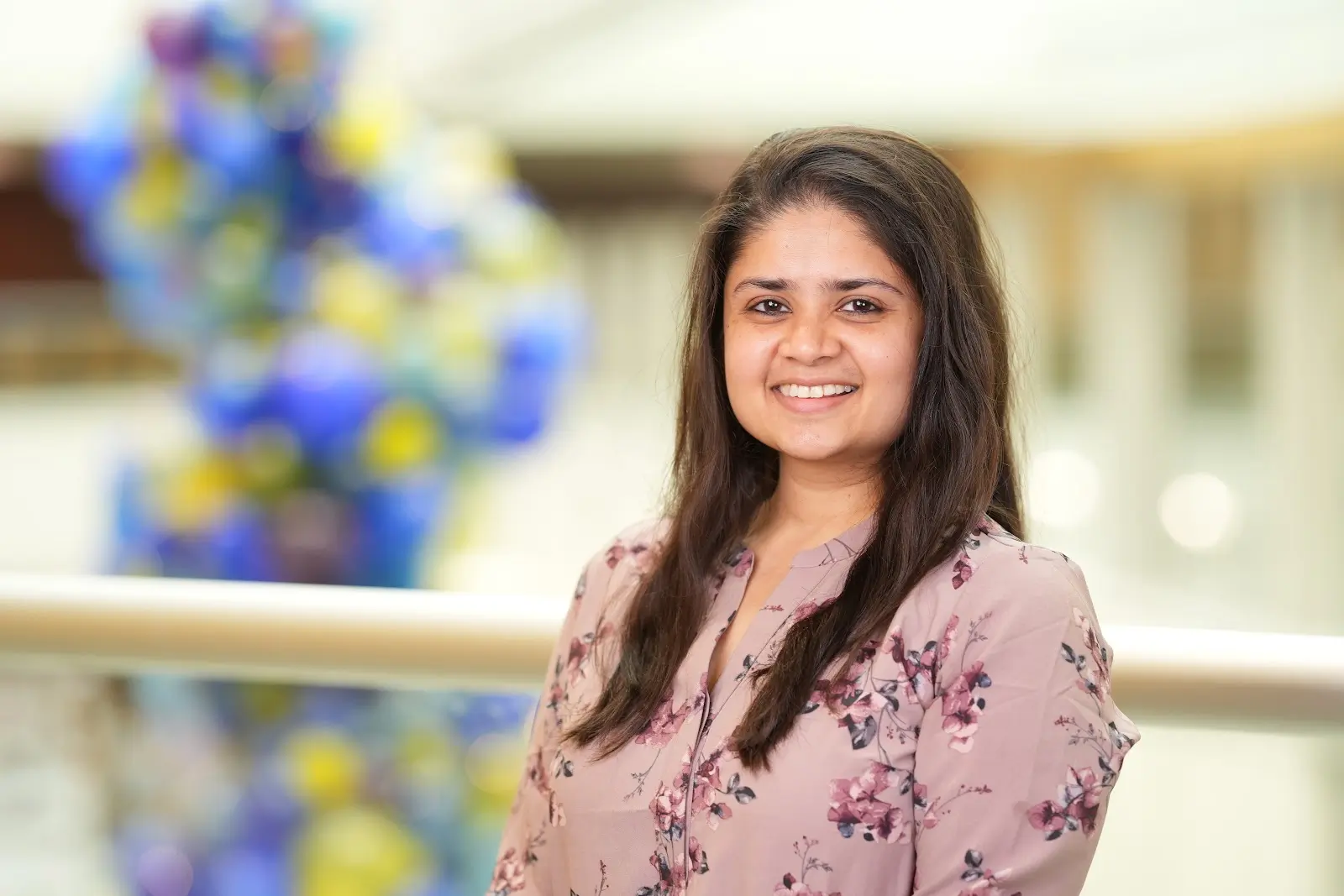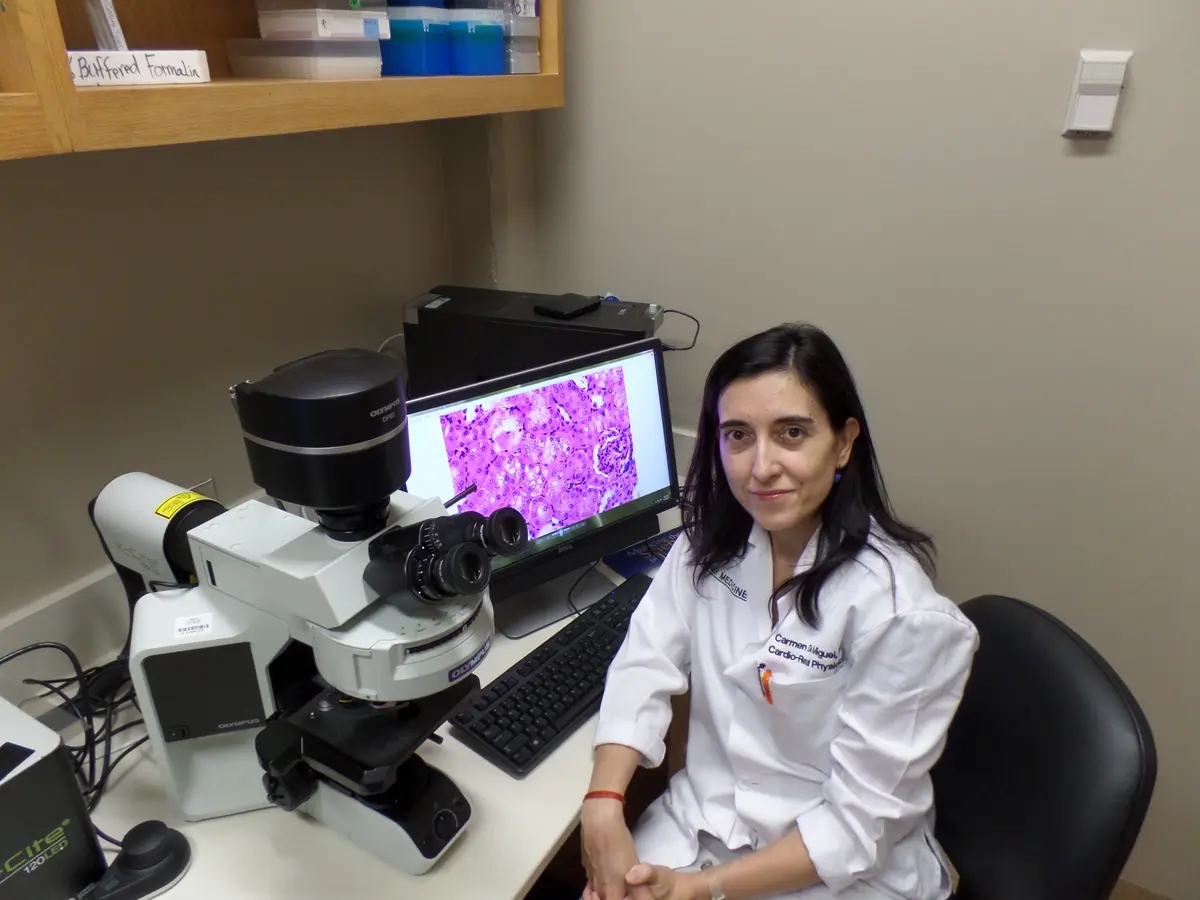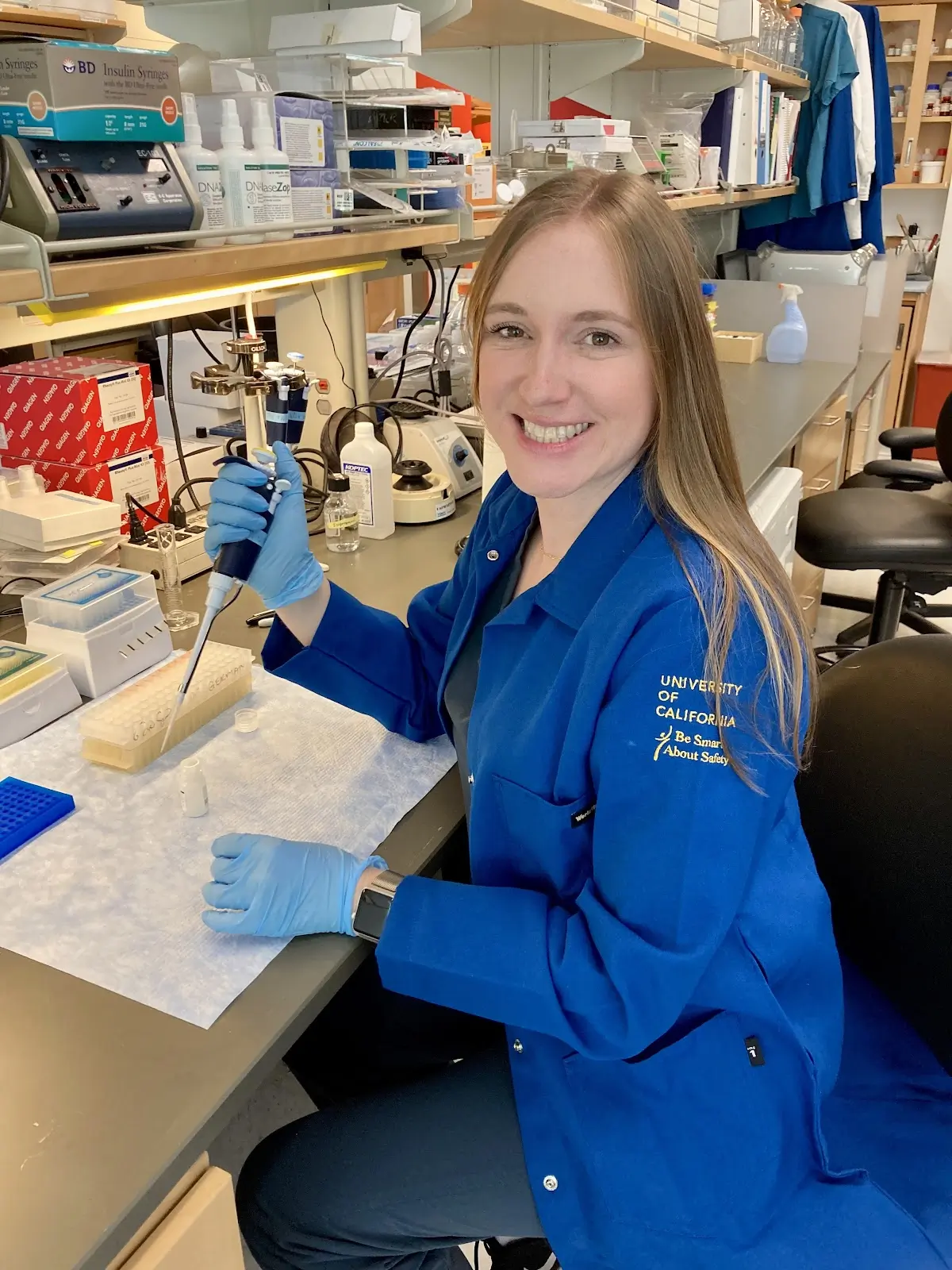Final Project Update
We are currently extending our Aim 1 study to generate a new causal loop diagram and conceptual model of CGM integration that is generalizable to a broader population of older adults with diabetes. We are conducting an interview study to extend our work by including older adults with T2D, in addition to those who were underrepresented in our initial sample (age 75+, racial/ethnic minority patients, those living in communities for older adults, and people who are familiar with CGM but do not currently use the technology). We have completed 20 interviews and have found many similarities among the populations; however, we have found that most of our participants with T2D do not use CGM and have not discussed it with their healthcare providers. They described their interest in the technology and shared questions that they would like healthcare teams to address before they consider using CGM. They also described additional difficulties that patients with T2D may face when managing diabetes, mainly adjusting to major dietary changes and incorporating new medical routines in their life after decades without the condition. Concerns about access to the technology, disparities between different population groups, and the cost and insurance coverage of CGM were also raised. The interviews have yielded many strategies that may help older adults feel confident in their decision to try CGM, as well as onboarding successfully, and these are aimed at clinical, manufacturing, and social audiences. These data will help us extend and refine our “Conceptual Model for CGM Integration” generated in Aim 1, including the incorporation of different intervention strategies at different points in process of onboarding and continued use. Furthermore, they will be used to inform a future trial that tests the effectiveness of interventions to improve the experience of CGM use among this population.
Publications: https://pubmed.ncbi.nlm.nih.gov/38097112/
6-Month Project Update
We applied systems thinking and group model building (GMB) methods to collect data from older adults with T1D and their caregivers through group workshops and individual validation interviews. This data was integrated into a causal loop diagram illustrating the factors associated with CGM uptake and use, including clinical and psychosocial outcomes and interactions with caregivers and the healthcare system. Our study demonstrates the feasibility and value of using GMB to engage older adult stakeholders in research on determinants of complex health outcomes over time.
Methods: We engaged older adults with T1D (age 65+) and their caregivers in GMB workshops and follow-up interviews. We collected data from 33 participants, including four patient-caregiver dyads, across nine workshops and eight validation interviews. We created a qualitative model showing drivers of CGM uptake and ongoing use, and endogenous factors that both influence and are influenced by CGM use over time.
Results: The system model identified drivers and feedback loops affecting CGM use. These loops, active at different points in CGM use duration, modulate use patterns. Key drivers include the functionality of CGM components, belief in CGM’s superiority over blood glucose monitoring, belief in future benefits, and a sense of dependence on CGM.
Conclusions: Effective CGM use in older adults with T1D is individualized and dynamic. The Wireless Innovation for Seniors with Diabetes Mellitus (WISDM) study showed CGM reduces hypoglycemia compared to blood glucose monitoring (BGM) over six months. We explored heterogeneous treatment effects of CGM using a policy tree algorithm on baseline measures. Participants with a baseline coefficient of variation (CV) >34% had greater reductions in hypoglycemia with CGM, while those with CV ≤34% did not. This decision rule highlights the link between glycemic variability and hypoglycemia, suggesting that diagnostic CGM may inform therapeutic CGM decision-making.
Project Description
There is a growing population of older adults (defined as adults who are 65 years of age or older) with type 1 diabetes (T1). As individuals age, both the risk for and the danger of low blood sugar (i.e. hypoglycemia) increases. Thus, much of diabetes care and management in older adulthood is focused around avoiding these dangerous episodes of hypoglycemia.
Continuous glucose monitoring (CGM) is a new, technologic approach to glucose monitoring that transmits real-time or near real-time glucose readings from an on-body sensor to a small device. Compared to self-monitoring with intermittent finger sticks and a glucometer, CGM offers greater insight into current glucose levels and trends, in addition to notifications for out-of-range readings and alarms for low glucose levels. In a study of older adults, in which half of the participants were randomized to use CGM for six months, CGM reduced hypoglycemia. The findings of that study suggested that CGM may offer life-saving benefits for older adults. However, not all older adults use CGM right now.
One challenge for widespread use of CGM in the population of older adults is that aging is complex, and older adults often have multiple medical conditions and changing social needs as they age. A further challenge is that each individual patient is unique: they live in different environments, have different lifestyles, and manage different physical and mental health conditions. They also may have had different historical experiences with T1D and technology, and they may carry different attitudes and preferences surrounding T1D management. Thus, individual older adults may need different combinations of resources, education, and support to initiate and use CGM over time, such that they can have a positive experience and reap the health benefit from use. To date, older adults’ experiences with CGM has not been well-studied or described in the medical literature.
My overarching hypothesis is that delivering CGM to older adults with T1D demands new approaches that consider a breadth of different individual-level needs for patient-oriented “onboarding” and use in daily life. I aim to generate scientific evidence to tailor support and resources for effective CGM use in older adults with T1D. Over one year, I will complete three discrete studies to address my research questions:
1. How and why do older adults with type 1 diabetes have different experiences initiating and using CGM over time?
Knowledge to be gained: We will incorporate stakeholder perspectives to discover the suboptimal response patterns to CGM (i.e., responses that signal an individual did not have the resources, support, education, accommodations, etc. that they needed for effective CGM use) and the complex, contributing factors.
- What are the associated individual patient characteristics with suboptimal CGM response patterns?
Knowledge to be gained: We will learn how we can use individual-level data (i.e. sociodemographic characteristics, clinical features, psychosocial measures, etc.) to identify the patients who have or are estimated to experience a suboptimal response to CGM.
- What are viable approaches and real-world needs to maximize the benefits of CGM use in older adults?
Knowledge to be gained: We will generate stakeholder-engaged actions and strategies to pre-empt and address suboptimal CGM responses. Informed by Aims 1 and 2, these interventions, and the approaches to best match them to the patients who need them, can be tested in a future pragmatic, precision health trial framework.
My long-term objective as a diabetes researcher is to work alongside stakeholders, including older adults with T1D, their caregivers, and members of their diabetes care team, to translate the findings from these studies into new, impactful strategies to “bolster” CGM use for older adults. In the future, by using statistical algorithms from the field of precision health, these interventions can be tailored to older adults based on their characteristics, health information, and preferences. The intended impact for this work is to improve the experience of learning to use new diabetes technology across the lifespan and to enhance the equity of current and emerging diabetes treatment options by ensuring that critical resources are delivered efficiently to the patients who need them.

